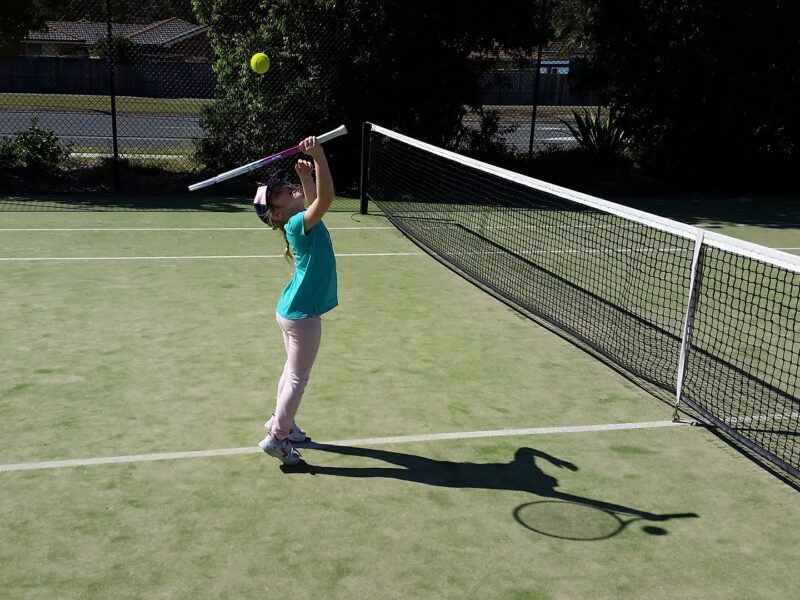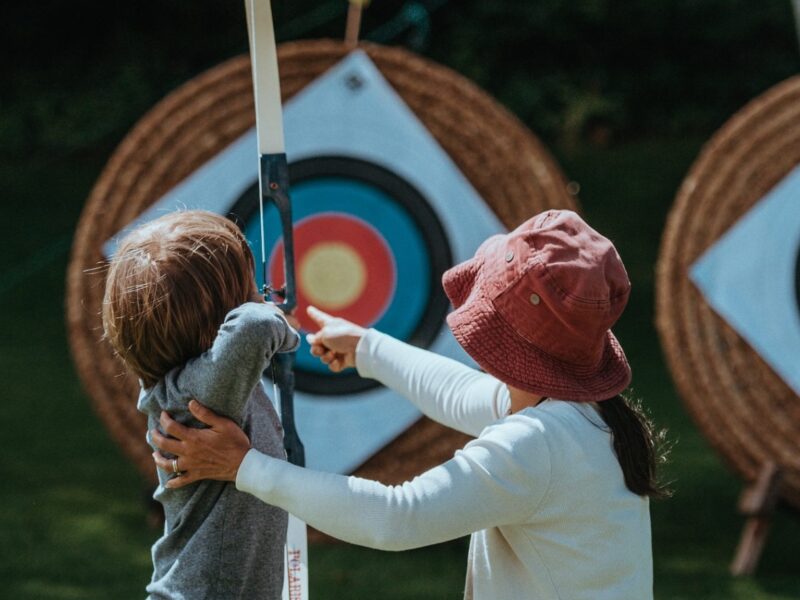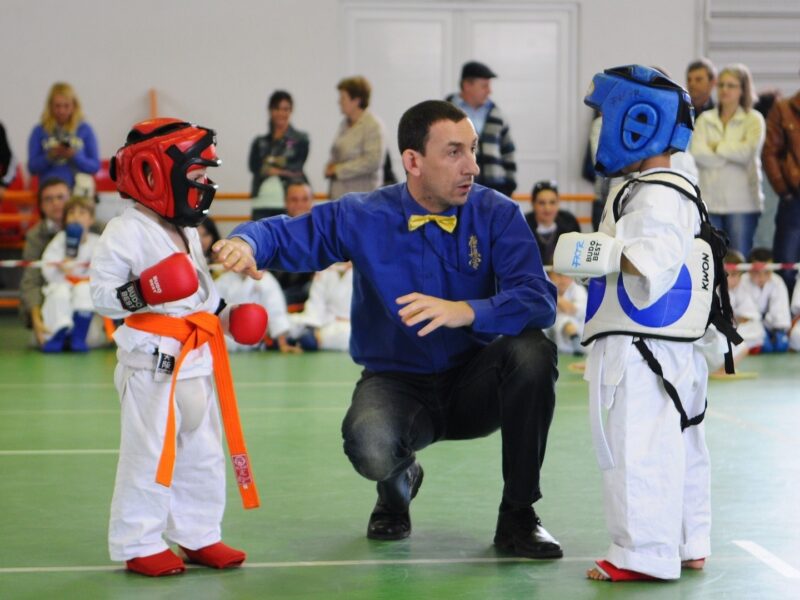
Long regarded as a sport played by the upper classes in brilliant whites during a warm summer day in the country, tennis is now shrugging off this cumbersome stereotype to appeal to players everywhere.
If your children enjoy ball sports but have grown tired of the same old games, consider investing in a few tennis racquets and taking them to the local courts to try their hands at a rally.
At worst you might while away a few hours, but at best you might introduce the whole family to a sport they’ll love!
Tennis in a Nutshell
Tennis is a game played either between two opposing players (singles tennis), or two opposing teams of two players each (doubles tennis), sometimes with a male and female player making up the team (mixed doubles tennis).
These players all use tennis racquets to hit the tennis ball over the net and into the other player/team’s court.
Each point starts with a serve, in which the serving player stands behind the baseline and hits the ball over the net. When the ball is returned, a rally has begun.
The first player/team who can not return the ball loses that point.
The points won add up into games won, and the games won add up into sets.
The player or team who wins the best of either three or five sets is the winner.
Tennis Terms
Tennis uses a particular set of terms to describe the action on the court. These terms include:
- Let service – if the player serving fails to hit the ball across the net on the first try, it is a let service and they are allowed to try again with no penalty.
- Double fault – on the second attempt at a serve, if the ball still does not go across the net legally it is a double fault and the point is awarded to the opposing player or team.
- Forehand – a stroke in which the racquet begins on the dominant side of the body, makes contact with the ball, and ends on the other side (right to left, for right handed players).
- Backhand – a stroke in which the racquet begins on the less dominant side of the body, makes contact with the ball, and ends on the dominant side (left to right, for right handed players).
- Advantage – if players are tied with at least three points each, the player who scores the next point is considered in advantage because if (s)he wins the next point, (s)he will win the game.
- Game point – if the player serving is in the lead and needs only one point to win the game, it is considered the game point.
- Break point – if the receiver, not the server, only needs one point to win the game.
Tennis also uses certain terms to denote its scoring system. To win a tennis game, the player must win at least four points, but also must win at least two points more than his/her opponent. A basic glossary of the terms used to keep running score in tennis include:
- Love – zero points.
- Zero – zero points.
- Fifteen – one point
- Thirty – two points
- Forty – three points
- Deuce – when at least three points have been scored and the players have the same number of points (regardless of what that number is).
Tennis and Children
Tennis is a physically demanding sport that also requires finesse.
Children who begin to play at a younger age are well placed to develop their techniques as they grow into excellent, experienced players.
Just a few of the reasons that kids should check out tennis include:
- To try a new activity.
- To master new skills.
- To make new friends.
- To get a great workout.
- To increase both speed and stamina.
- To gain confidence and self-esteem.
- To learn sportsmanship and teamwork.
Over three million people play tennis in the UK, so why not add to that number and get involved today!
Contact your local authorities to find out about courts for public use and private lessons in your area, or the Lawn Tennis Association, the governing body for tennis in Great Britain, for more information on clubs and tournaments.

